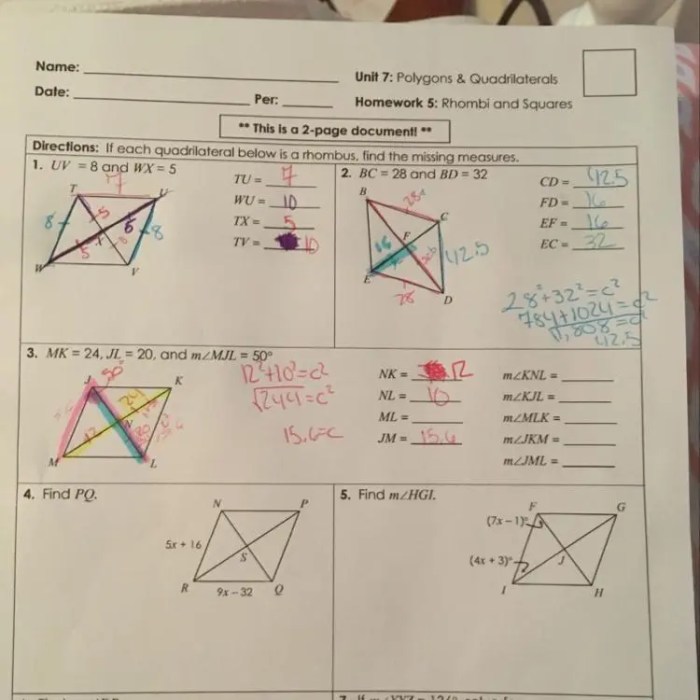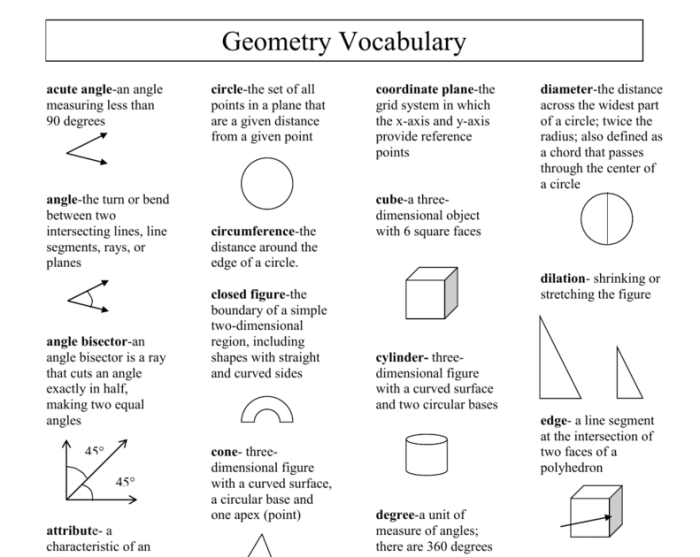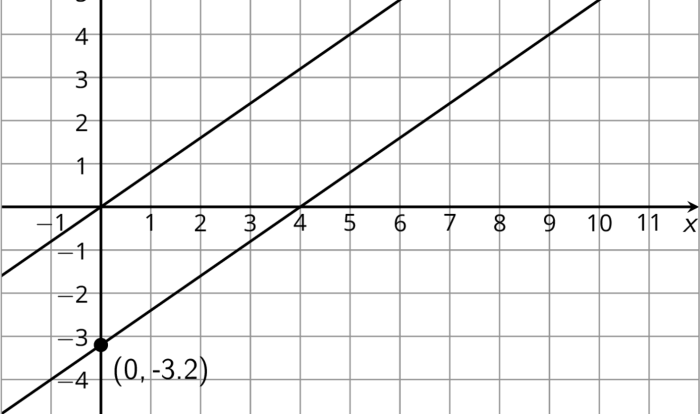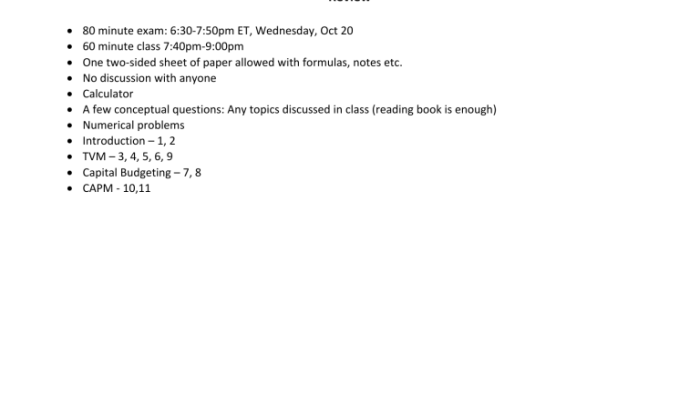Unit 8 Polygons and Quadrilaterals Answer Key Homework 1 embarks on an enlightening journey into the captivating world of geometry, where we delve into the fascinating realm of polygons and quadrilaterals. This comprehensive guide unravels the intricate details of these geometric shapes, equipping readers with a profound understanding of their properties, relationships, and practical applications.
Throughout this exploration, we will meticulously define polygons, categorizing them based on their number of sides. We will then delve into the realm of quadrilaterals, examining their unique properties and the diverse types that exist. By investigating the relationships between polygons and quadrilaterals, we will uncover the intricate connections that bind these geometric entities.
Polygons and Quadrilaterals: Unit 8 Polygons And Quadrilaterals Answer Key Homework 1
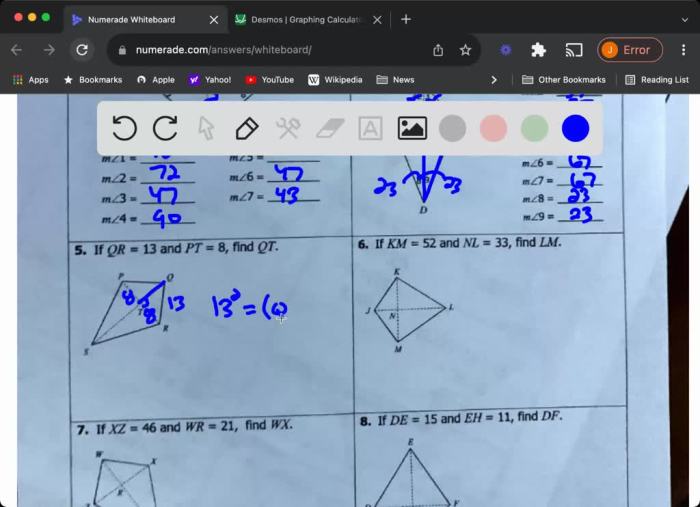
Polygons and quadrilaterals are fundamental geometric shapes that play a significant role in various fields, including mathematics, engineering, and design. Understanding their properties and relationships is essential for comprehending the world around us.
1. Polygon Basics
A polygon is a closed figure with three or more straight sides. The sides are connected at vertices, and the angles formed by the sides are called interior angles.
Polygons are classified based on the number of sides they have:
- Triangle (3 sides)
- Quadrilateral (4 sides)
- Pentagon (5 sides)
- Hexagon (6 sides)
- Heptagon (7 sides)
- Octagon (8 sides)
2. Quadrilaterals
A quadrilateral is a polygon with four sides. Quadrilaterals can be classified based on their properties:
- Parallelogram:A quadrilateral with opposite sides parallel
- Rectangle:A parallelogram with four right angles
- Square:A rectangle with all sides equal
- Rhombus:A parallelogram with all sides equal
- Trapezoid:A quadrilateral with only one pair of parallel sides
3. Properties of Polygons and Quadrilaterals
Properties of Polygons:
- The sum of the interior angles of an n-sided polygon is (n-2) – 180 degrees.
- The sum of the exterior angles of any polygon is 360 degrees.
- The number of diagonals in an n-sided polygon is n(n-3) / 2.
Properties of Quadrilaterals:
- Opposite sides of a parallelogram are parallel and equal in length.
- Opposite angles of a parallelogram are equal.
- The diagonals of a rectangle bisect each other.
- The diagonals of a square are perpendicular bisectors of each other.
4. Relationships between Polygons and Quadrilaterals
All quadrilaterals are polygons, but not all polygons are quadrilaterals. A quadrilateral is a polygon with four sides, while a polygon can have any number of sides greater than or equal to three.
Some examples of quadrilaterals that are also polygons include:
- Rectangles are polygons with four right angles.
- Squares are polygons with four equal sides and four right angles.
- Parallelograms are polygons with opposite sides parallel.
5. Applications of Polygons and Quadrilaterals, Unit 8 polygons and quadrilaterals answer key homework 1
Polygons and quadrilaterals are widely used in various fields, including:
- Architecture:Buildings and structures are often designed using polygons and quadrilaterals to create different shapes and forms.
- Engineering:Bridges, machines, and other structures rely on polygons and quadrilaterals for their strength and stability.
- Design:Polygons and quadrilaterals are used in graphic design, typography, and other creative fields to create visual interest and organization.
Clarifying Questions
What is the definition of a polygon?
A polygon is a closed two-dimensional figure with three or more straight sides.
How are quadrilaterals classified?
Quadrilaterals are classified based on their properties, such as opposite sides, opposite angles, and diagonals.
What is the relationship between polygons and quadrilaterals?
Quadrilaterals are a type of polygon with four sides.

